-

Successful testing of over 10,000 photomultiplier tubes for IceCube Upgrade digital optical modules
At the South Pole, the cubic-kilometer-sized IceCube Neutrino Observatory searches for high-energy neutrinos of astrophysical origin. When a neutrino crashes into the ice, blue light is emitted and detected by some of IceCube’s 5,160 digital optical modules (DOMs) across 86 vertical cables (strings) embedded deep within the Antarctic ice. The IceCube Upgrade, an enhancement to…
-
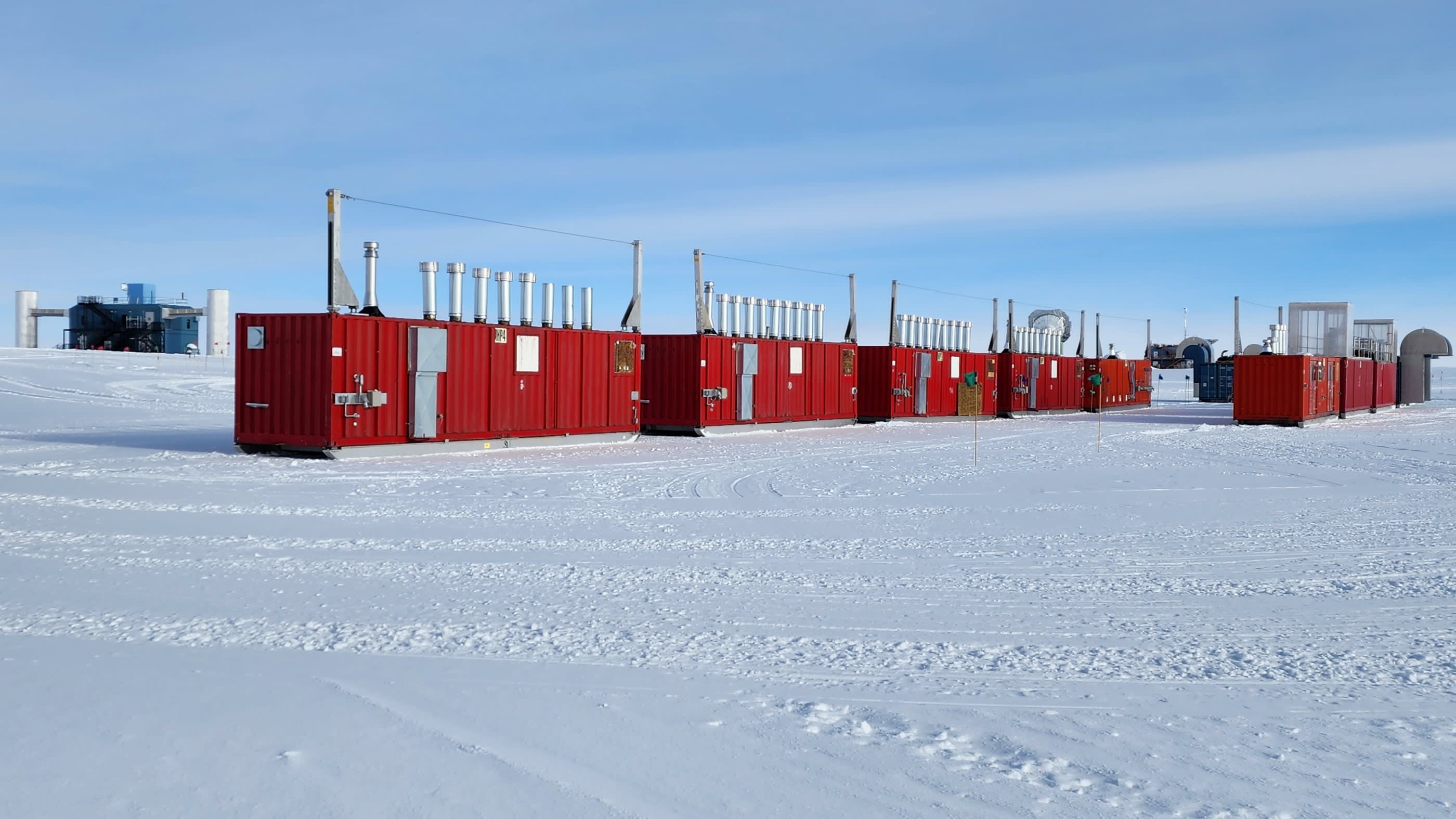
First field season for IceCube Upgrade ongoing at the South Pole
Over the past two months, a team of IceCube drill engineers have completed an impressive amount of work during the first of three consecutive field seasons for the IceCube Upgrade. The project is funded by the National Science Foundation and international collaborators. The goal of the project is to drill seven holes in 2025/2026 and…
-
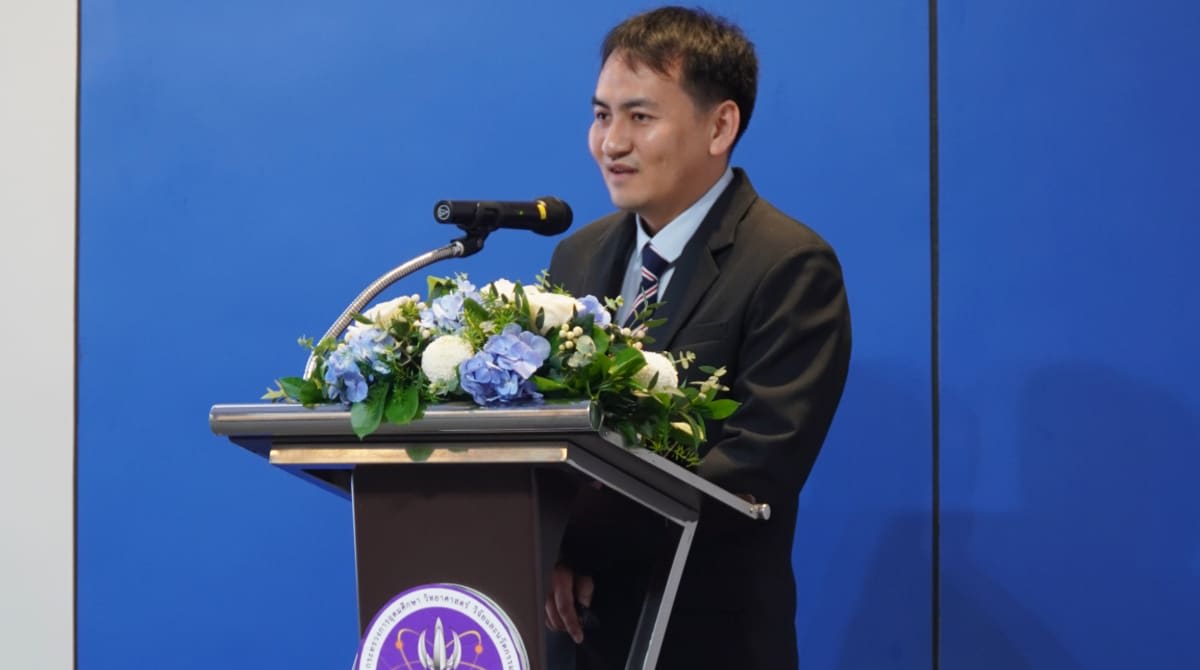
Thai engineer joins the IceCube Upgrade project
Chana Sinsabvarodom speaks at a press conference in Bangkok on November 24, 2023. Credit: Dr. Tatphicha Promfu Thai engineer Chana Sinsabvarodom was recently selected to work on the IceCube Upgrade project, which will install seven more densely instrumented strings of light sensors near the center of the IceCube array at the South Pole. The IceCube…
-
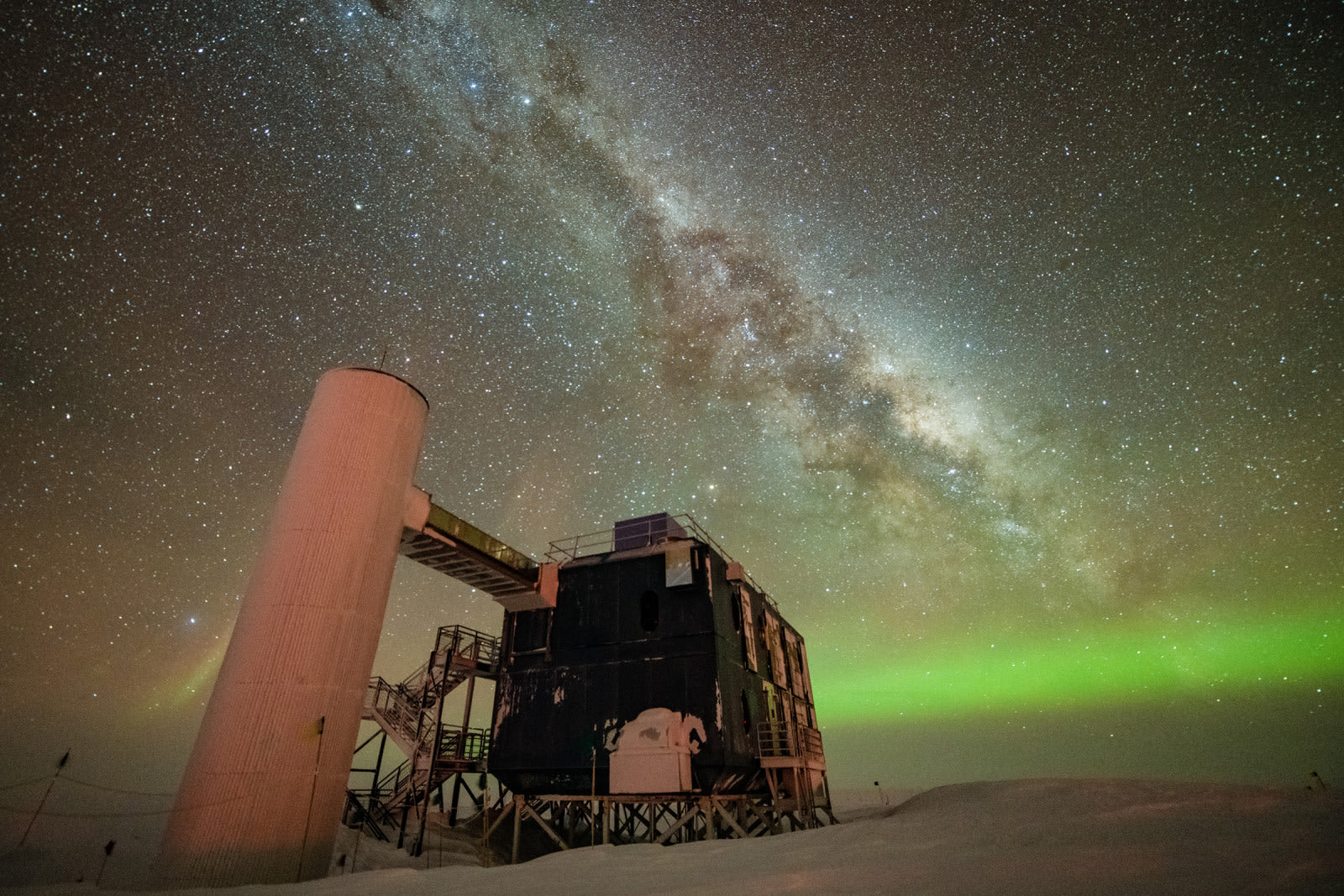
Federal physics advisory panel recommends funding next-generation IceCube observatory, other major experiments
A group of scientists tasked with advising the federal government’s investments in particle physics research is recommending that the United States fund a planned expansion (dubbed IceCube-Gen2) of the IceCube Neutrino Observatory, an international scientific collaboration operated by the University of Wisconsin–Madison at the South Pole. The recommendation from the Particle Physics Project Prioritization Panel,…
-
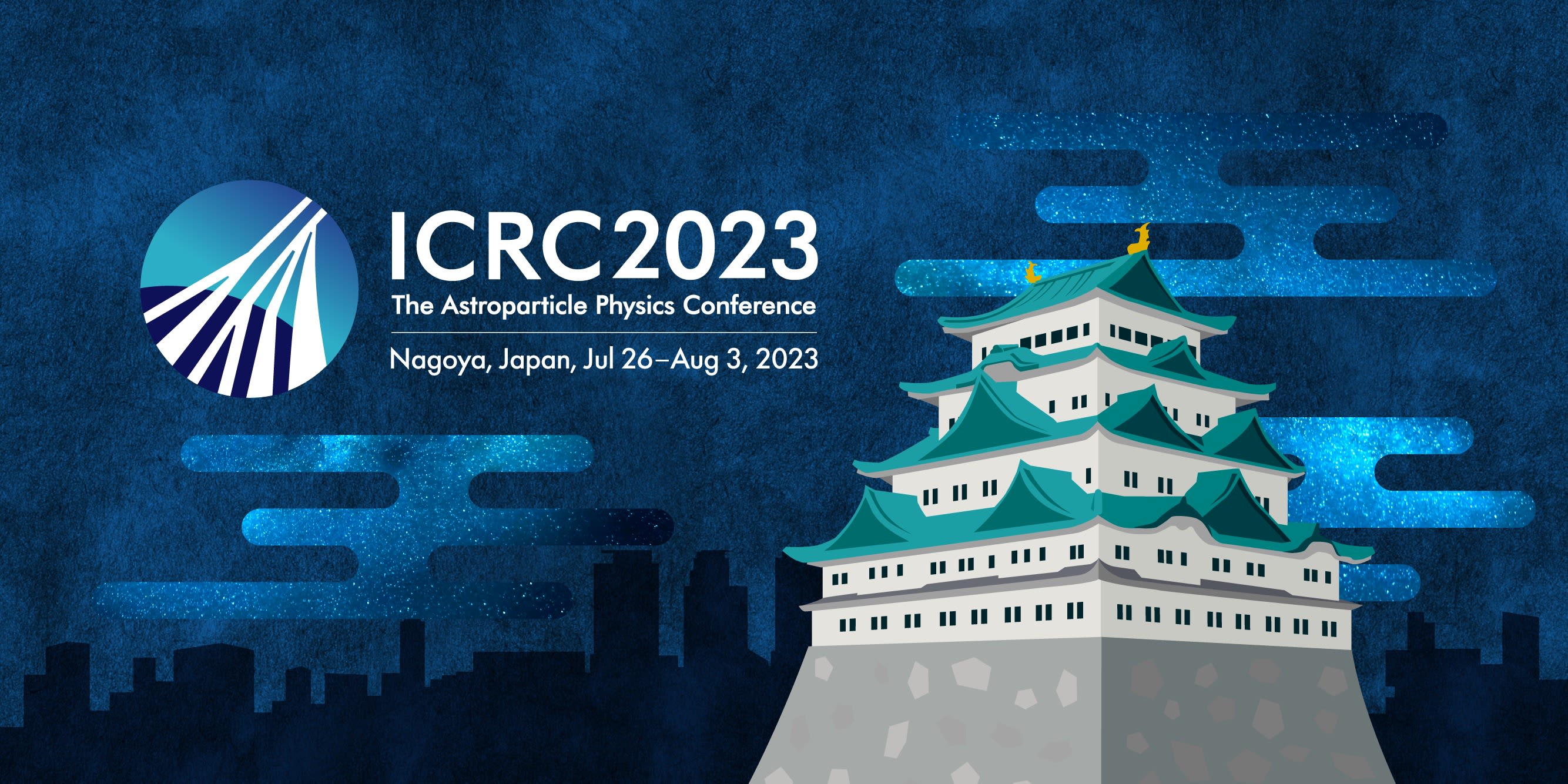
IceCube at ICRC 2023
Last week marked the end of the 38th International Cosmic Ray Conference (ICRC), the largest conference in the world for cosmic ray physics. The weeklong conference was held July 26-August 3 at Nagoya University in Nagoya, Japan. ICRC 2023 was the largest ICRC in history, with a record number of 1,406 participants…
-

Improved IceCube Upgrade optical module paves the way for IceCube-Gen2
The IceCube Neutrino Observatory, a cubic-kilometer-sized neutrino telescope, searches for high-energy neutrinos of astrophysical origin. Located at the geographic South Pole, IceCube consists of 5,160 digital optical modules (DOMs) across 86 vertical cables (strings) embedded deep within the Antarctic ice, as well as a surface array, IceTop, and a denser inner subdetector, DeepCore. When neutrinos…
-
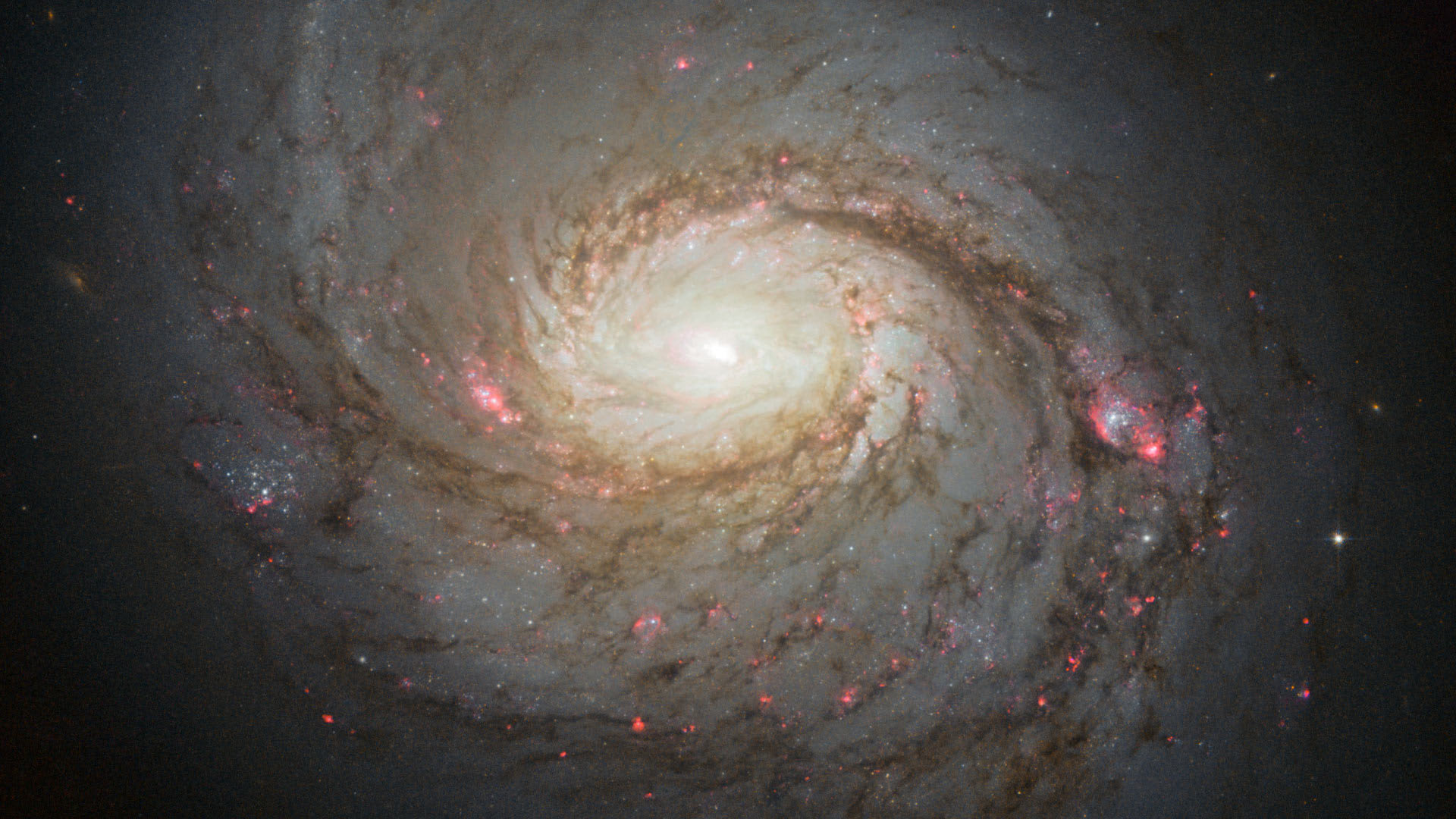
IceCube neutrinos give us first glimpse into the inner depths of an active galaxy
For the first time, an international team of scientists have found evidence of high-energy neutrino emission from NGC 1068, also known as Messier 77, an active galaxy in the constellation Cetus and one of the most familiar and well-studied galaxies to date. First spotted in 1780, this galaxy, located 47 million light-years away from us,…
-

The future of particle physics is also written from the South Pole
A month ago, the Seattle Community Summer Study Workshop—July 17-26, 2022, at the University of Washington—brought together over a thousand scientists in one of the final steps of the Particle Physics Community Planning Exercise. The meetings and accompanying white papers put the cherry on top of a period of collaborative work setting a vision for…
-

Are extragalactic sources of ultra-high-energy cosmic rays efficient emitters of neutrinos?
The search for the sources of ultra-high-energy cosmic rays (UHECRs) is not a simple one. UHECRs, which are a mixture of protons and heavy nuclei, are the highest energy particles ever measured. They should produce “hotspots” of high-energy neutrinos if they interact with other particles near their point of origin. Six years ago, a first…
-
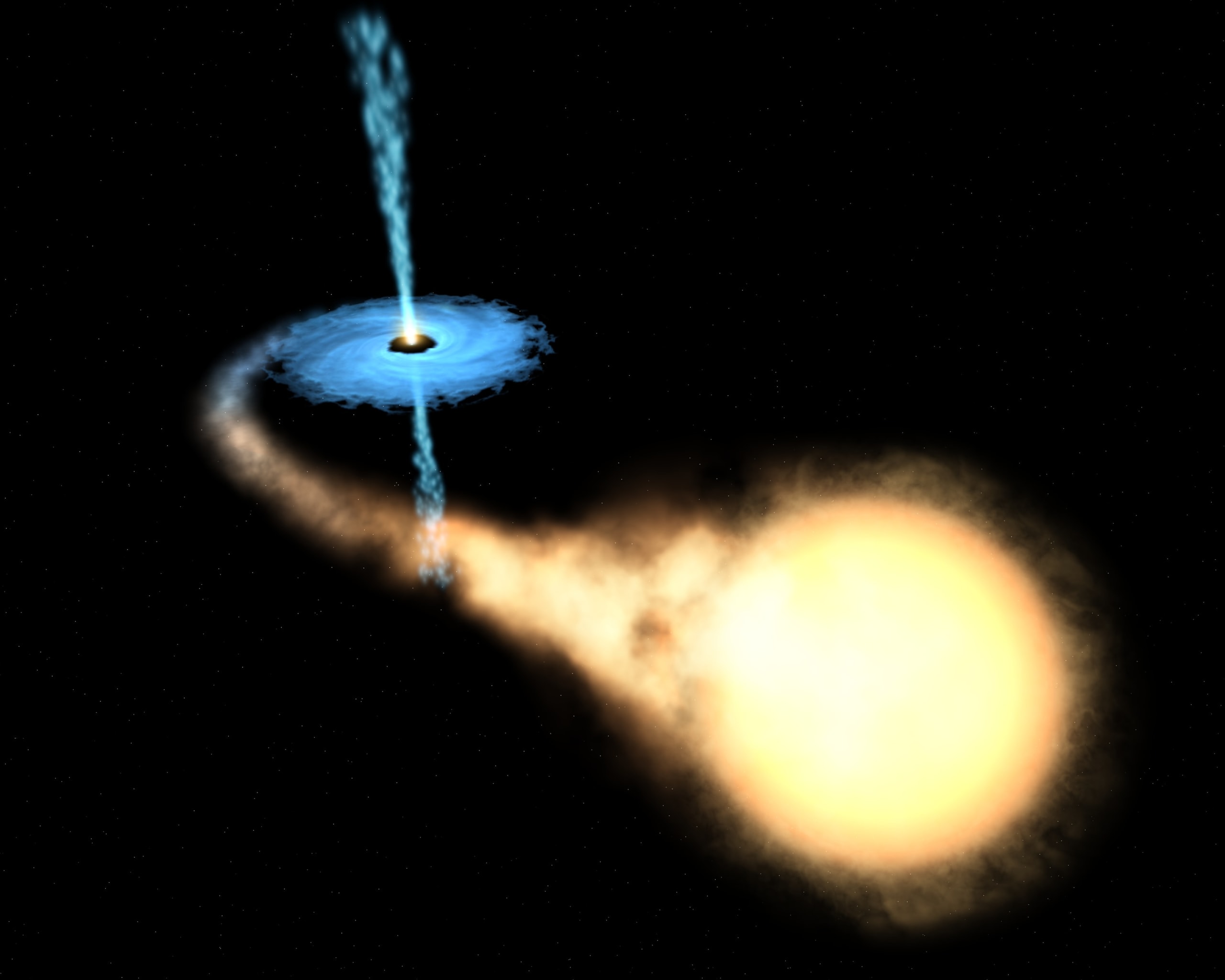
Confirmation of whether galactic X-ray binaries emit high-energy neutrinos awaits IceCube-Gen2
X-ray binaries (XRB) consist of a compact object, such as a neutron star or a black hole, and a noncompact, companion star. When they are close enough, material is pulled off the star and drawn onto the compact companion, releasing intense X-rays that make them some of the most luminous sources in the sky. Microquasars,…
-
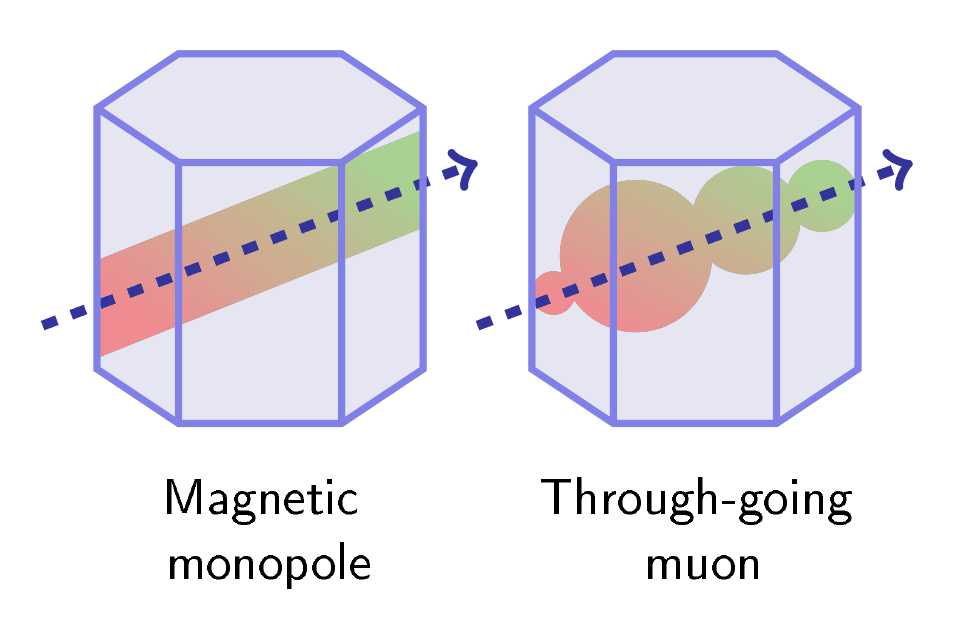
IceCube and the mystery of the missing magnetic monopoles
We are all surrounded by magnets. Whether they’re on your fridge, in your smartphone, or in your credit card, the magnets you interact with all have one thing in common (well, two things): they each have a north and south pole. Could a magnet ever have just one pole? Yes, according to scientists, and it’s…
-
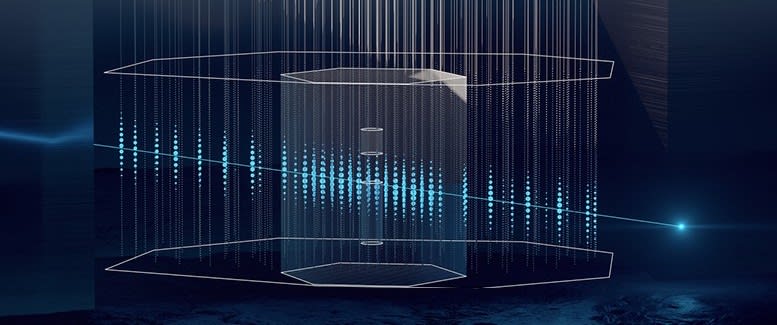
IceCube-Gen2 convenes to kick-off technical design report
Visualization of neutrino event in the IceCube-Gen2 detector. Credit: DESY, Science Communication Lab The IceCube-Gen2 Collaboration recently wrapped up a weeklong kick-off meeting to formalize a technical design report for the project. With over 100 participants and 50 talks, the interdisciplinary workshop brought together scientists and engineers from around the world to discuss the status…
